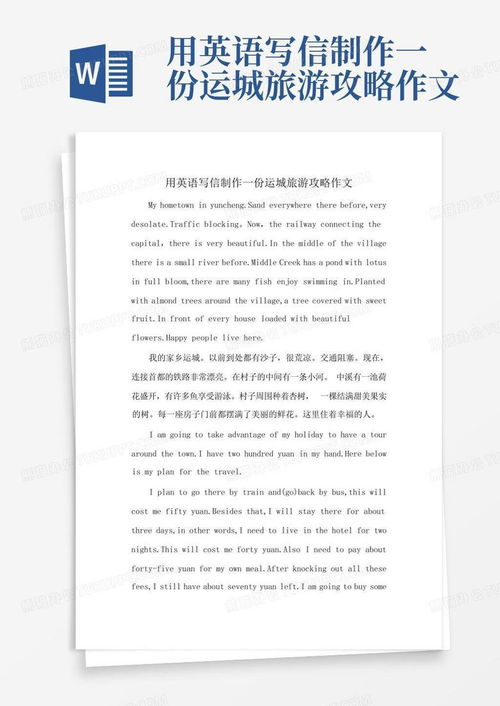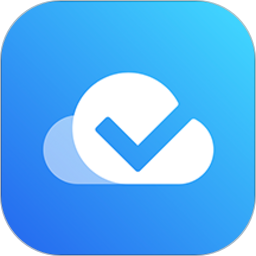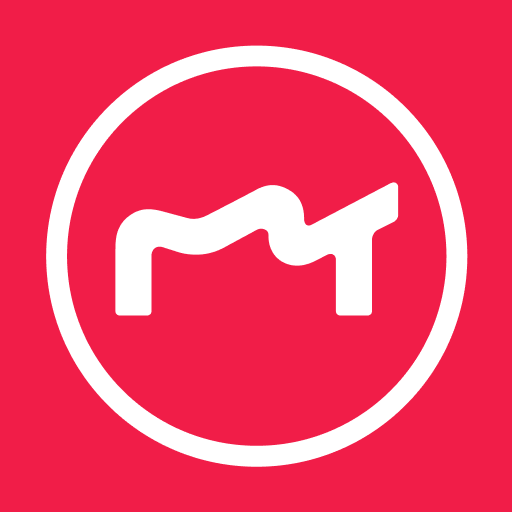掌握英语写信格式的绝妙模板
作者:佚名 来源:未知 时间:2024-11-04
在探讨英语写信格式模板时,了解并掌握其结构是至关重要的。这不仅能够帮助我们更有效地沟通,还能确保我们的信件在形式上显得专业且得体。以下是一个详尽的英语写信格式模板示例,旨在涵盖所有必要的元素,同时保持内容的清晰和条理性。

[Your Name]
[Your Address]
[City, State, ZIP Code]
[Email Address]
[Phone Number]
[Date]
[Recipient's Name]
[Recipient's Job Title (if applicable)]
[Recipient's Company (if applicable)]
[Recipient's Address]
[City, State, ZIP Code]
Dear [Mr./Ms./Dr./Professor + Recipient's Last Name],
I hope this message finds you well. I am writing to [briefly state the purpose of your letter]. As [your relationship to the recipient, if any, and/or a brief introduction of yourself], I am eager to [provide information, request information, seek advice, express gratitude, etc.].
In the first paragraph, it is crucial to grab the recipient's attention and clearly state the reason for your letter. If you are writing to request information or assistance, be specific about what you need. If you are responding to a previous communication, reference it briefly to establish context. For example, "I am writing in response to your recent email regarding the [specific topic]. I would like to clarify a few points and provide additional information."
The second paragraph should provide further details to support your main point. This is where you elaborate on the background information, explain your situation, or present your arguments. Use clear and concise language, avoiding jargon or overly complex sentences. Remember to maintain a professional tone, even if you are writing to a friend or colleague. For instance, "I have been researching [specific topic] for my [project/thesis/etc.], and I came across your work on [related subject]. I found your insights particularly insightful and would like to discuss them further."
If your letter requires multiple paragraphs to fully address the topic, each subsequent paragraph should build on the previous one, providing additional information, examples, or arguments. Ensure each paragraph has a clear focus and transitions smoothly to the next. This will help maintain the reader's attention and make your letter easier to follow. For example, "Additionally, I would like to share some preliminary findings from my research. Preliminary data suggest that [specific finding], which aligns with your hypothesis in [related paper]. However, I encountered some challenges in [specific area], and I would appreciate your guidance on how to overcome them."
When closing your letter, summarize your main points and reiterate your purpose. This will help reinforce your message and leave a lasting impression on the recipient. If you are making a request, be clear about what action you expect them to take. If you are expressing gratitude, thank them again for their time and assistance. For instance, "In conclusion, I would like to thank you for considering my request. I am confident that your expertise and insights will greatly benefit my [project/thesis/etc.]. Please let me know if you require any further information from me, and I look forward to hearing from you soon."
Before signing off, include a polite closing remark such as "Sincerely," "Best regards," "Yours faithfully," or "Yours sincerely," depending on the formality of your letter and whether you know the recipient's name. Follow this with a space and your name. If you included your contact information at the top of the letter, you may omit it here.
Here is how the closing section of your letter might look:
Best regards,
[Your Name]
Enclosures and Attachments (if applicable):
If you are sending physical documents or digital attachments, list them below your signature. This will alert the recipient to the presence of additional materials and make it easier for them to find them. For example:
Enclosures:
Resume
Cover Letter
Project Proposal
Attachments:
Report on [Specific Topic] (PDF)
Data Set (Excel)
Postscript (if applicable):
A postscript, or P.S., is an optional section that appears after your signature. It is typically used to add a personal touch or make a final plea for action. Keep it brief and to the point. For example:
P.S. If you have any questions or need further clarification, please do not hesitate to reach out. I am more than happy to provide additional information.
By following this template, you can create a well-structured and professional letter in English that is likely to capture the recipient's attention and achieve your desired outcome. Remember to tailor the content to your specific situation and audience, ensuring
- 上一篇: 血的两种读音分别在哪些情况下使用?
- 下一篇: 如何轻松打开抖音句易网?






























